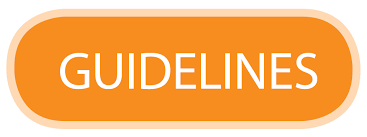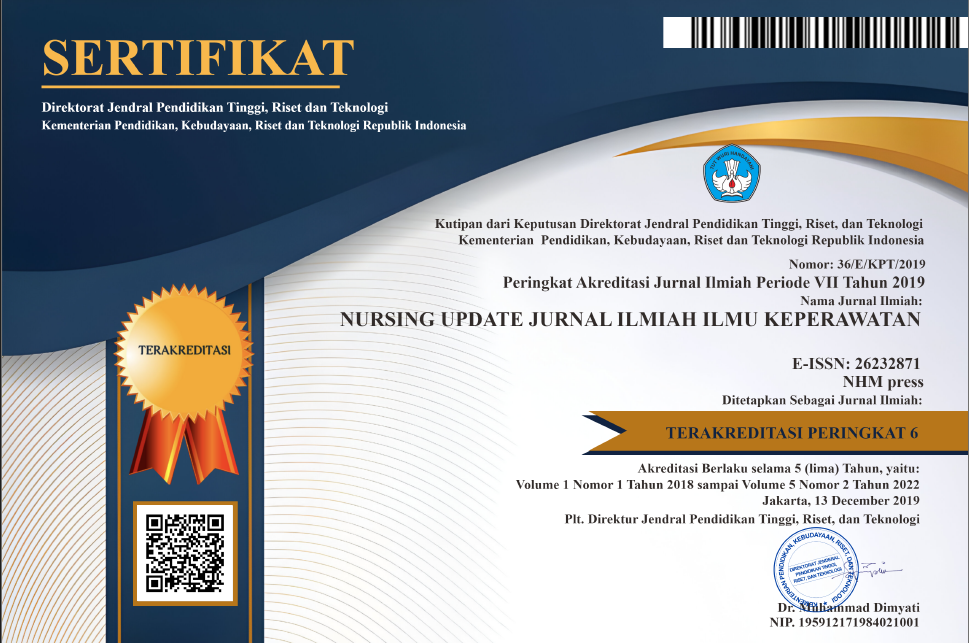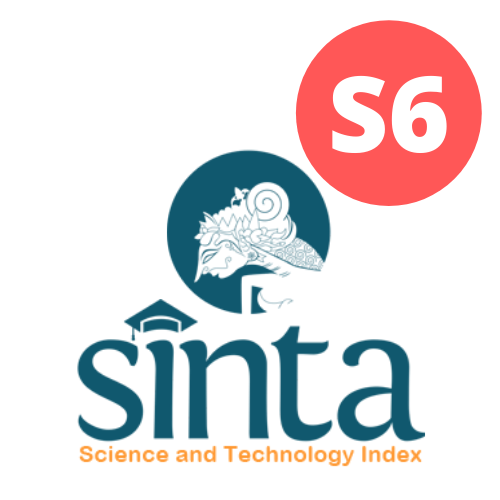APLIKASI BERBASIS SMARTPHONE DALAM MANAJEMEN STROKE: NARATIF REVIEW
Abstract
Since its initial appearance in the mid-2000s, the growth of smartphones and accompanying m-health applications has made a major contribution to clinical practice, making it easier to reach medical information and increasing interactions between health professionals and patients. Specialized software, commonly known as Apps, supports healthcare providers at various stages of clinical care, from diagnosis to management of ongoing therapy. These technological advances are critical, especially in treating complex conditions such as stroke, which encompasses several phases, including prevention, acute care, rehabilitation, and long-term prevention. This review aims to comprehensively evaluate and summarize the existing literature regarding Applications used in the clinical management of stroke. This review discusses its potential benefits and limitations, and explores potential avenues for improvement. The search process involved browsing the Medline database for studies focused on guideline-based decision support applications in stroke management and similar medical scenarios from 2007 (marking the introduction of the first iPhone) to January 2022. The initial search yielded a total of 551 studies, with 43 papers meeting the specified criteria has been set for review. Classifying Apps based on their use, they are categorized into primary prevention, acute stroke management, and post-stroke Apps. This review outlines the specific aims of each Application and, where applicable, highlights the findings obtained from clinical studies. Although many Apps have been developed to facilitate communication and data sharing among healthcare providers during acute stroke care, there are currently no interactive systems designed explicitly to assist physicians. This gap represents a significant opportunity for improvement, potentially improving the management of stroke patients










